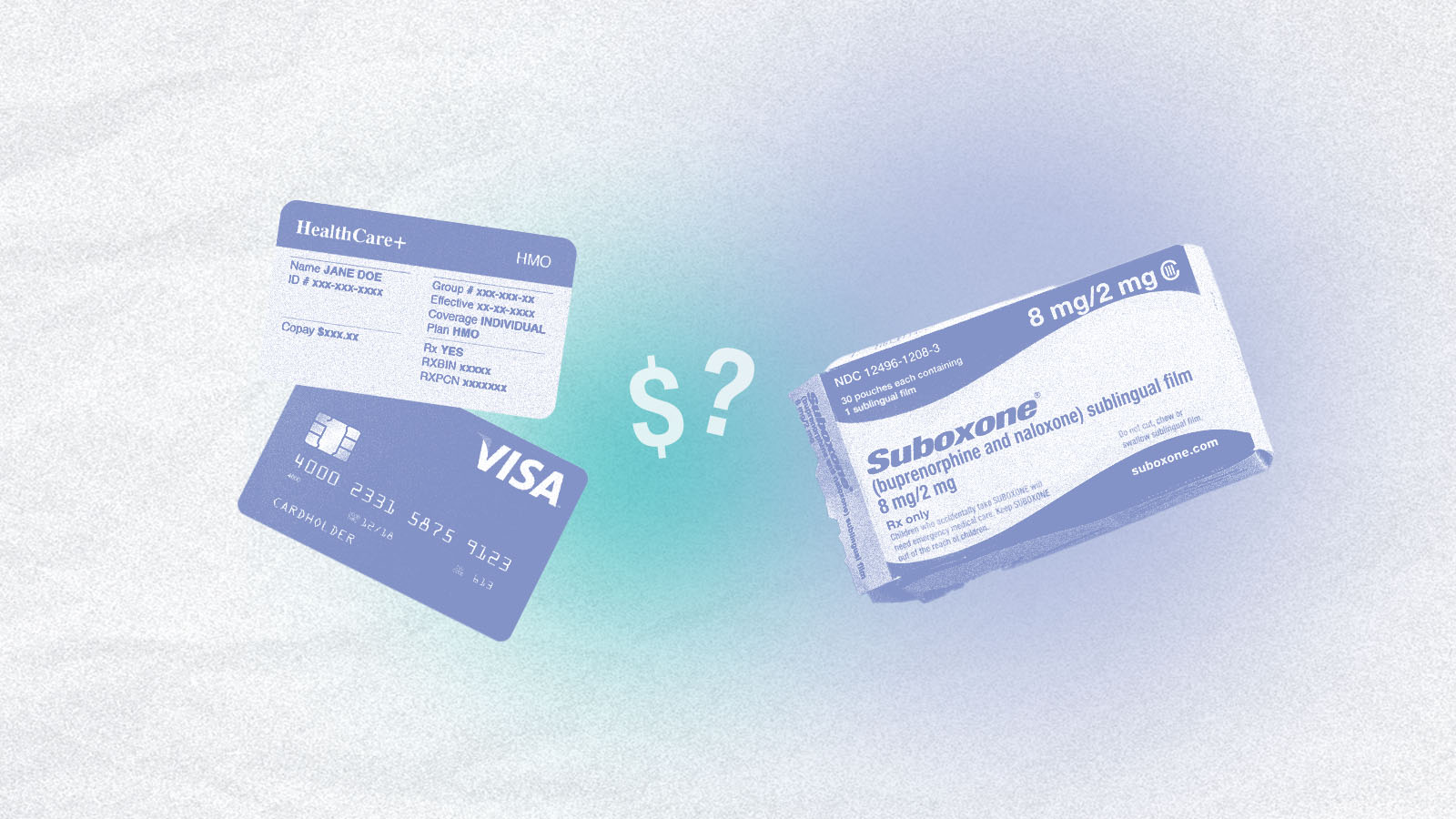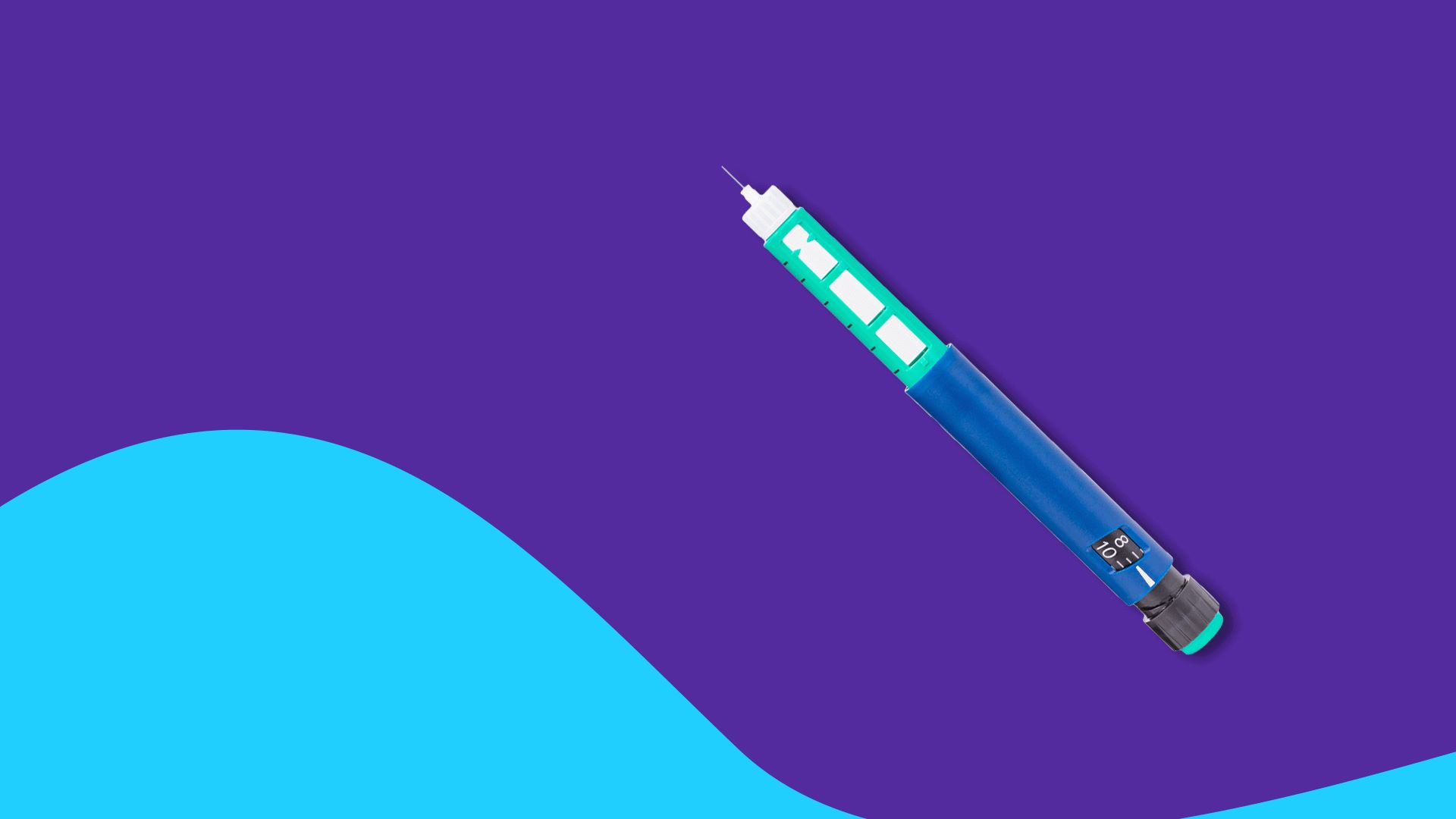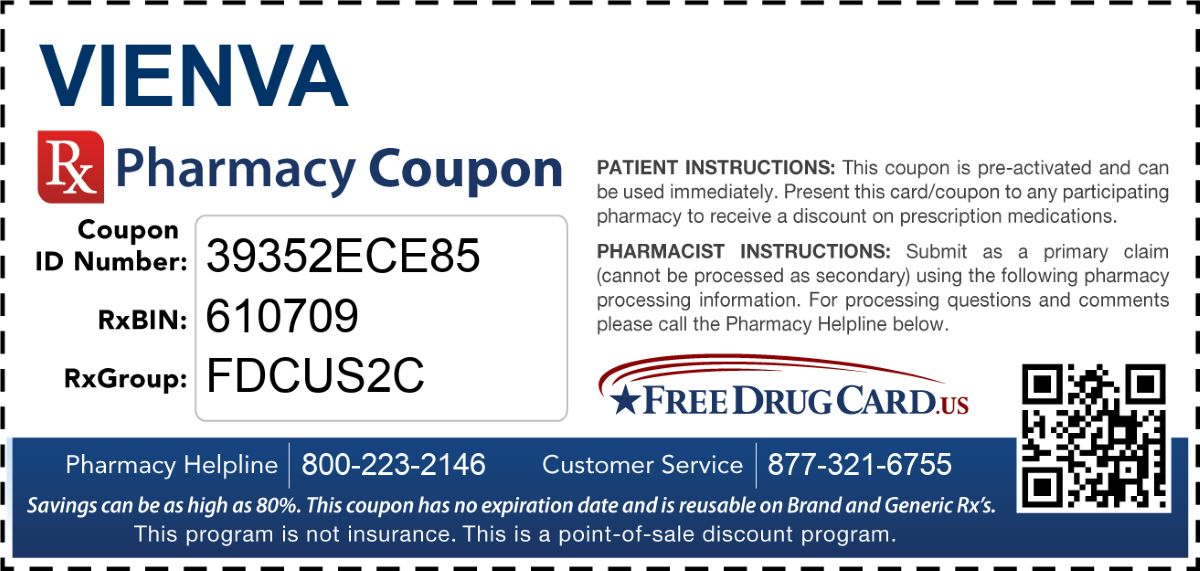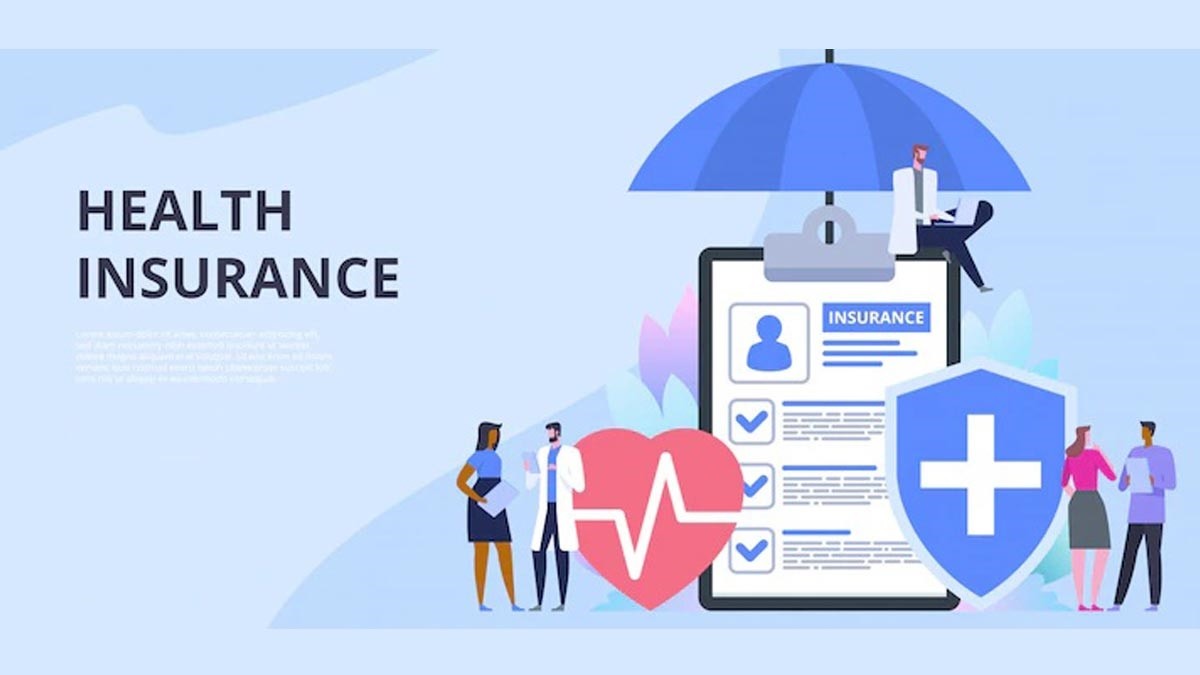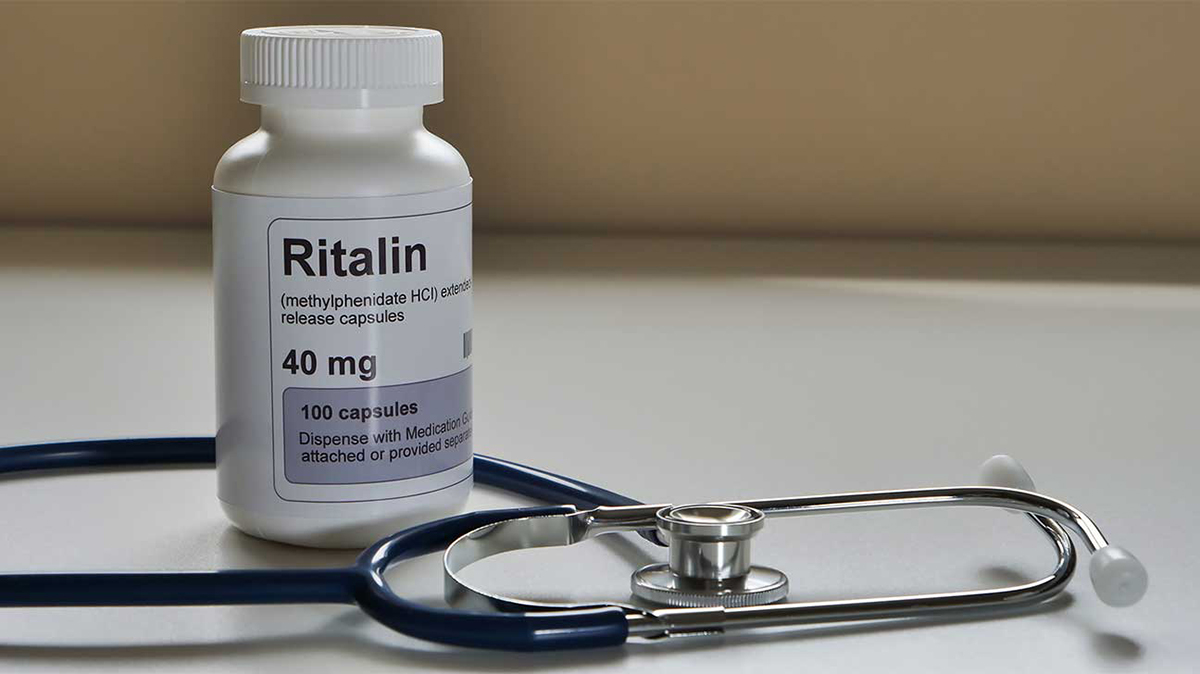

Finance
How Much Is Methylphenidate Without Insurance?
Published: November 19, 2023
Find out the cost of Methylphenidate without insurance and manage your finances effectively. Save on medication expenses and budget wisely with these tips.
(Many of the links in this article redirect to a specific reviewed product. Your purchase of these products through affiliate links helps to generate commission for LiveWell, at no extra cost. Learn more)
Table of Contents
Introduction
Methylphenidate, a medication commonly prescribed for attention deficit hyperactivity disorder (ADHD), can be a valuable treatment option for many individuals. However, one of the challenges that individuals may face is the cost of methylphenidate, especially when they do not have insurance coverage. The price of this medication can vary significantly, and it is important to understand the factors that influence its cost without insurance.
Methylphenidate is a central nervous system stimulant that helps to improve attention, focus, and impulse control in individuals with ADHD. It works by increasing the levels of certain chemicals in the brain that play a role in regulating attention and behavior. While the effectiveness of methylphenidate in managing ADHD symptoms has been well-documented, the financial aspect can be a cause of concern for those without insurance coverage.
Several factors can influence the price of methylphenidate for individuals without insurance. One major factor is the dosage and strength of the medication prescribed. Higher doses or extended-release formulations tend to be more expensive than lower doses or immediate-release versions. Additionally, the brand name versus generic versions of methylphenidate can also impact the cost. Generic versions are usually more affordable, while brand-name medications may carry a higher price tag.
Another factor that can affect the cost is the location and the pharmacy from which you purchase the medication. Prices can vary between different pharmacies, so it may be worth comparing prices at various locations in your area. Additionally, some pharmacies offer discount programs or coupons that can help reduce the cost of methylphenidate.
In the next sections of this article, we will explore the average cost of methylphenidate without insurance and provide tips and alternatives for making it more affordable. It is important to remember that while these strategies can help mitigate costs, it is always recommended to consult with your healthcare provider or a pharmacist before making any changes to your medication regimen.
Understanding Methylphenidate
Methylphenidate, commonly known by the brand names Ritalin, Concerta, and Daytrana, is a medication primarily used to treat attention deficit hyperactivity disorder (ADHD) in both children and adults. It belongs to a class of drugs known as central nervous system stimulants.
Methylphenidate works by increasing the levels of neurotransmitters, specifically dopamine and norepinephrine, in the brain. These neurotransmitters play a critical role in regulating attention, focus, and impulse control. By enhancing their activity, methylphenidate helps individuals with ADHD to improve their ability to concentrate, suppress impulsive behaviors, and manage hyperactivity.
This medication is available in various forms, including immediate-release tablets, extended-release capsules, and transdermal patches. The immediate-release tablets typically have a duration of action of about 3-4 hours, while the extended-release formulations can provide symptom relief for up to 12 hours.
Methylphenidate is often prescribed as part of a comprehensive treatment plan for ADHD, which may also include behavioral therapy and educational support. It is important to note that while methylphenidate can be effective in managing ADHD symptoms, it is not a cure for the condition. It is recommended to use methylphenidate as part of a broader management approach coordinated by a healthcare professional.
Before starting methylphenidate, it is crucial to discuss any pre-existing health conditions, allergies, or other medications you are taking with your healthcare provider. They will evaluate your specific needs and determine the appropriate dose, formulation, and treatment duration for you.
It is essential to take methylphenidate as prescribed by your healthcare provider. Adhering to the recommended dosage and timing is crucial for optimal effectiveness and to minimize the risk of side effects. Common side effects of methylphenidate may include decreased appetite, trouble sleeping, increased heart rate, and irritability. It is important to report any significant or persistent side effects to your healthcare provider.
Overall, understanding how methylphenidate works and its role in managing ADHD symptoms is crucial for individuals considering this medication as part of their treatment plan. It is essential to consult with healthcare professionals for personalized advice and guidance regarding the use of methylphenidate.
Factors Affecting Methylphenidate Pricing without Insurance
When it comes to the pricing of methylphenidate without insurance, several factors come into play. It’s important to be aware of these factors to better understand why the cost can vary significantly.
1. Dosage and Strength: The dosage and strength of methylphenidate can impact the price. Higher doses or extended-release formulations typically come with a higher price tag compared to lower doses or immediate-release versions. The duration of action and the overall effectiveness of the medication can vary depending on the dosage and strength prescribed.
2. Brand Name vs. Generic: Methylphenidate is available in both brand name and generic versions. Brand-name medications tend to be more expensive than their generic alternatives. However, the difference in quality and effectiveness between the two is typically minimal. Opting for the generic version can often lead to significant cost savings.
3. Pharmacy and Location: The pharmacy you choose and your location can also influence the price of methylphenidate. Prices may vary from pharmacy to pharmacy, so it’s worth comparing prices at different locations to find the most affordable option. Additionally, the cost may differ between urban and rural areas, with prices generally being higher in urban areas.
4. Prescription Discounts and Coupons: Some pharmacies offer discount programs or coupons that can help reduce the cost of methylphenidate. These programs can provide significant savings, especially for individuals without insurance. It’s advisable to inquire about such discounts and explore available options to get the best price.
5. Supply and Demand: Fluctuations in supply and demand can contribute to price variations. If there is a shortage of methylphenidate in the market or increased demand, the price may be higher. On the other hand, when supply outweighs demand, prices may decrease. Staying informed about market conditions can help individuals plan their purchases more effectively.
6. Manufacturer Pricing: Different manufacturers may price their methylphenidate products differently. Prices can vary due to factors such as production costs, marketing strategies, and brand reputation. It’s worth comparing prices from different manufacturers to find the most affordable option.
By considering these factors, individuals without insurance can make more informed decisions regarding the purchase of methylphenidate. It’s crucial to explore all available options, including discounts, generic alternatives, and different pharmacies, to ensure affordable access to this important medication.
Average Cost of Methylphenidate without Insurance
The cost of methylphenidate without insurance can vary depending on several factors, including the dosage, strength, and location. It’s important to keep in mind that these prices are approximate and can fluctuate over time due to market conditions.
On average, the cost of methylphenidate without insurance ranges from $40 to $200 per month. This estimate applies to generic versions of the medication, which are generally more affordable than brand-name options. The specific price within this range depends on factors such as dosage strength and the pharmacy where the medication is purchased.
Immediate-release versions of methylphenidate tend to be more affordable, with prices ranging from $40 to $80 per month. These formulations typically require multiple daily doses to maintain symptom control. Extended-release formulations, which offer longer-lasting effects and require fewer doses per day, can cost between $80 and $200 per month.
It’s worth noting that these prices are for the medication alone and do not include any additional fees such as pharmacy dispensing fees or consultation charges, which may vary depending on the pharmacy.
Prices can also vary based on location. Urban areas tend to have higher medication costs compared to rural areas. Therefore, it may be beneficial to compare prices between different pharmacies in your area to find the most affordable option for purchasing methylphenidate.
In addition, it’s important to consider that prices can be subject to change. Factors such as supply and demand, manufacturer pricing strategies, and market conditions can impact the cost of prescription medications. Staying informed about the market trends and exploring available discounts or assistance programs may help individuals manage their medication costs effectively.
When budgeting for methylphenidate without insurance, it is essential to consider the prescribed dosage and strength, as these will contribute significantly to the overall cost. Additionally, individuals can inquire about any patient assistance programs offered by the manufacturer, as these programs may provide financial assistance to those who qualify. Exploring discount programs, coupons, and online pharmacies can also help reduce the cost of methylphenidate without insurance.
It’s important to discuss the financial concerns associated with methylphenidate with your healthcare provider. They may be able to provide alternative medication options or suggest cost-saving strategies tailored to your individual circumstances.
Tips for Reducing Methylphenidate Costs without Insurance
The cost of methylphenidate without insurance can be a burden for individuals who rely on this medication for managing their ADHD symptoms. However, there are several strategies that can help reduce the cost and make it more affordable.
1. Explore Generic Options: Opt for generic versions of methylphenidate instead of brand-name medications. Generic drugs have the same active ingredients and are typically much cheaper than their brand-name counterparts. Discuss with your healthcare provider if a generic version is suitable for you.
2. Shop Around: Compare prices at different pharmacies in your area. Prices can vary significantly, so it’s worth calling or visiting multiple pharmacies to find the best deal. Consider both local and online pharmacies to explore all available options.
3. Utilize Prescription Discount Programs: Some pharmacies offer discount programs that can substantially lower the cost of medications. These programs may have membership fees, but the savings can be significant. Ask your pharmacist about any available discounts or loyalty programs.
4. Seek Manufacturer Assistance Programs: Some pharmaceutical companies offer assistance programs for low-income individuals or those without insurance. These programs may provide discounts or even free medication for eligible patients. Check the manufacturer’s website or contact their customer service to inquire about any available assistance options.
5. Look for Patient Assistance Foundations: There are nonprofit organizations and foundations that help individuals who cannot afford their medications. They provide financial assistance to qualified individuals, covering some or all of the costs for prescription medications. Research patient assistance foundations in your country or region to see if you are eligible for their assistance programs.
6. Split Pills or Adjust Dosage: Depending on your healthcare provider’s approval, you may have the option to split higher-dose tablets into smaller doses. This can help reduce costs if the price difference between different strengths is significant. However, it’s crucial to consult with your healthcare provider before making any changes to your medication regimen.
7. Consider Extended Supply Options: Some pharmacies offer discounted prices for purchasing medications in larger quantities, such as a 90-day supply instead of a 30-day supply. This option can save money in the long run, as you’ll pay for fewer dispensing fees over time. Inquire with your pharmacy if they offer extended supply options.
8. Consult with Your Healthcare Provider: Discuss your financial concerns with your healthcare provider. They may have alternative medication options or be able to suggest cost-saving strategies specifically tailored to your situation. They may also provide samples of the medication or be aware of any ongoing clinical trials or research studies that offer free or discounted access to medications.
It’s important to note that while these tips can help reduce the cost of methylphenidate without insurance, it’s essential to prioritize your health and consult with healthcare professionals before making any decisions or changes to your medication regimen.
Alternative Options for Affording Methylphenidate without Insurance
If you are unable to afford the cost of methylphenidate without insurance, there are alternative options that may help make the medication more affordable or provide access to similar treatment options.
1. Patient Assistance Programs: Many pharmaceutical companies offer patient assistance programs (PAPs) to support individuals who cannot afford their medications. These programs provide free or low-cost medications to eligible individuals. You can visit the manufacturer’s website or contact their customer service to inquire about available PAPs for methylphenidate.
2. Prescription Assistance Foundations: Nonprofit organizations and foundations provide financial assistance for prescription medications to those who are uninsured or underinsured. These organizations may have specific eligibility criteria, so it’s important to research and see if you qualify for any assistance programs in your country or region.
3. Prescription Discount Cards: Prescription discount cards are available through various organizations, including pharmacy chains and online platforms. These cards can help reduce the cost of medications, including methylphenidate, by providing discounts at participating pharmacies. It’s worth exploring different discount card options to find the one that offers the best savings for your specific medication needs.
4. Government Assistance Programs: Depending on your country of residence, there may be government assistance programs that can help cover the cost of prescription medications. Programs such as Medicaid in the United States or Pharmacare in Canada can provide financial support for individuals who meet specific eligibility requirements. Research the available government assistance programs in your country to see if you qualify.
5. Therapeutic Substitution: In consultation with your healthcare provider, you may explore therapeutic substitution, which involves switching from a more expensive medication, such as methylphenidate, to a lower-cost alternative with similar therapeutic effects. It’s important to discuss this option with your healthcare provider to ensure the alternative medication is suitable and effective for managing your ADHD symptoms.
6. Clinical Trials and Research Studies: Participating in clinical trials or research studies may provide access to free or low-cost medication. Talk to your healthcare provider or conduct online research to find out if there are any ongoing studies in your area related to ADHD or methylphenidate. Participation in these studies can not only provide access to medication but also contribute to scientific knowledge and the development of future treatments.
7. Behavioral Therapy and Support: While medication can be an important component of ADHD treatment, it’s worth considering complementary approaches such as behavioral therapy and support. Working with a therapist or counselor who specializes in ADHD can help you develop coping strategies, improve organization skills, and manage symptoms without relying solely on medication.
Remember to discuss these alternative options with your healthcare provider to ensure they align with your individual needs and treatment plan. They can provide guidance and help you weigh the pros and cons of each option. Keep in mind that affordability should not compromise your healthcare, so it’s important to explore all available resources and support systems in your journey to manage ADHD without insurance coverage.
Conclusion
Managing the cost of methylphenidate without insurance can be a challenge, but with the right information and resources, it is possible to make this essential medication more affordable. Understanding the factors that affect methylphenidate pricing, such as dosage, strength, and location, can help you navigate the options available to you.
Exploring generic alternatives, comparing prices at different pharmacies, and utilizing prescription discount programs are some effective strategies for reducing methylphenidate costs without insurance. Patient assistance programs, both through pharmaceutical companies and nonprofit organizations, can provide additional financial support. It is also worth considering alternative treatment options, such as therapeutic substitution or participation in clinical trials, if they are suitable for you.
However, it is crucial to prioritize your health and always consult with your healthcare provider before making any changes to your medication regimen or treatment plan. They can provide personalized advice and guidance based on your specific needs and circumstances.
Remember that managing ADHD involves a comprehensive approach, which may include behavioral therapy, support from healthcare professionals, and developing coping strategies. These elements, in conjunction with medication, can help individuals effectively manage their symptoms and improve their quality of life.
While the cost of methylphenidate without insurance can be a burden, it’s important to explore all available options, financial assistance programs, and cost-saving strategies. By being informed and proactive, individuals can overcome the financial hurdles and continue their treatment journey for ADHD without compromising their well-being.


